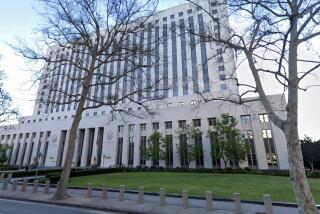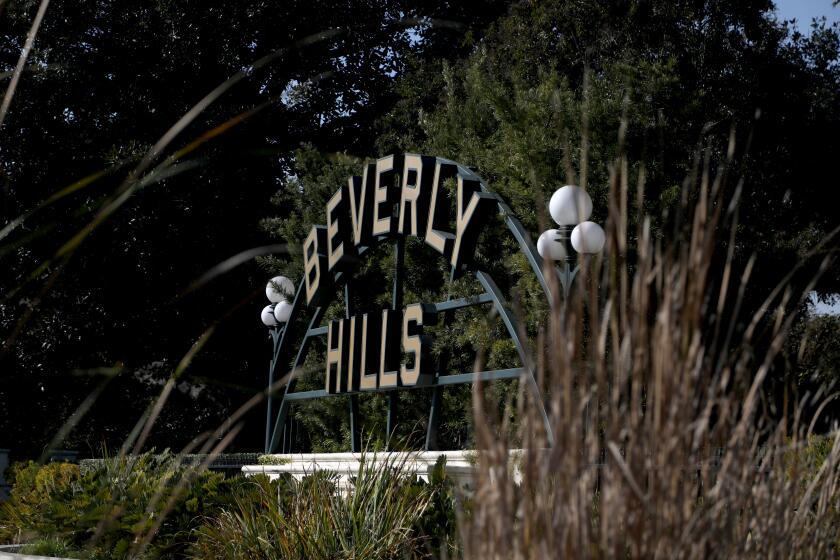Safety First, Comfort Later : More costly rehabilitation of City Hall should be deferred
When the top 24 floors of Los Angeles City Hall were vacated last summer because of earthquake damage, officials faced the monumental task of moving nearly 1,000 employees from dozens of city agencies to new offices in and around the Civic Center. City planning, contract administration and building and safety shuttled up the hill to Figueroa Plaza. The janitorial staff found temporary quarters in the City Hall East parking structure.
By relocating its major functions--and some of its minor ones--away from Spring Street, the city has shown a commendable ability to adapt quickly to a new environment. Unfortunately, that same initiative does not appear to have touched some City Council members who are quietly lobbying for costly additions to the City Hall retrofit project without requiring fundamental changes in management practices for large-scale capital construction projects.
Built in the late 1920s, City Hall lacks many of the modern amenities that are standard in most newer buildings, including heating and air conditioning, proper lighting and wiring. Many employees argue that the building should be upgraded not only to make it safe from quakes but to improve what are often uncomfortable surroundings. They have a point.
Nevertheless, the city has not exactly made a solid case for an expensive modernization. It bears repeating that in 1990, Los Angeles voters approved $376 million in bonds to retrofit bridges and buildings, including $92 million for structural improvements at City Hall. Those costs increased because of the Northridge quake and the cost of relocation. But until recently, officials focused not on comfort, but safety. That’s where the focus should remain.
More to Read
Sign up for Essential California
The most important California stories and recommendations in your inbox every morning.
You may occasionally receive promotional content from the Los Angeles Times.






